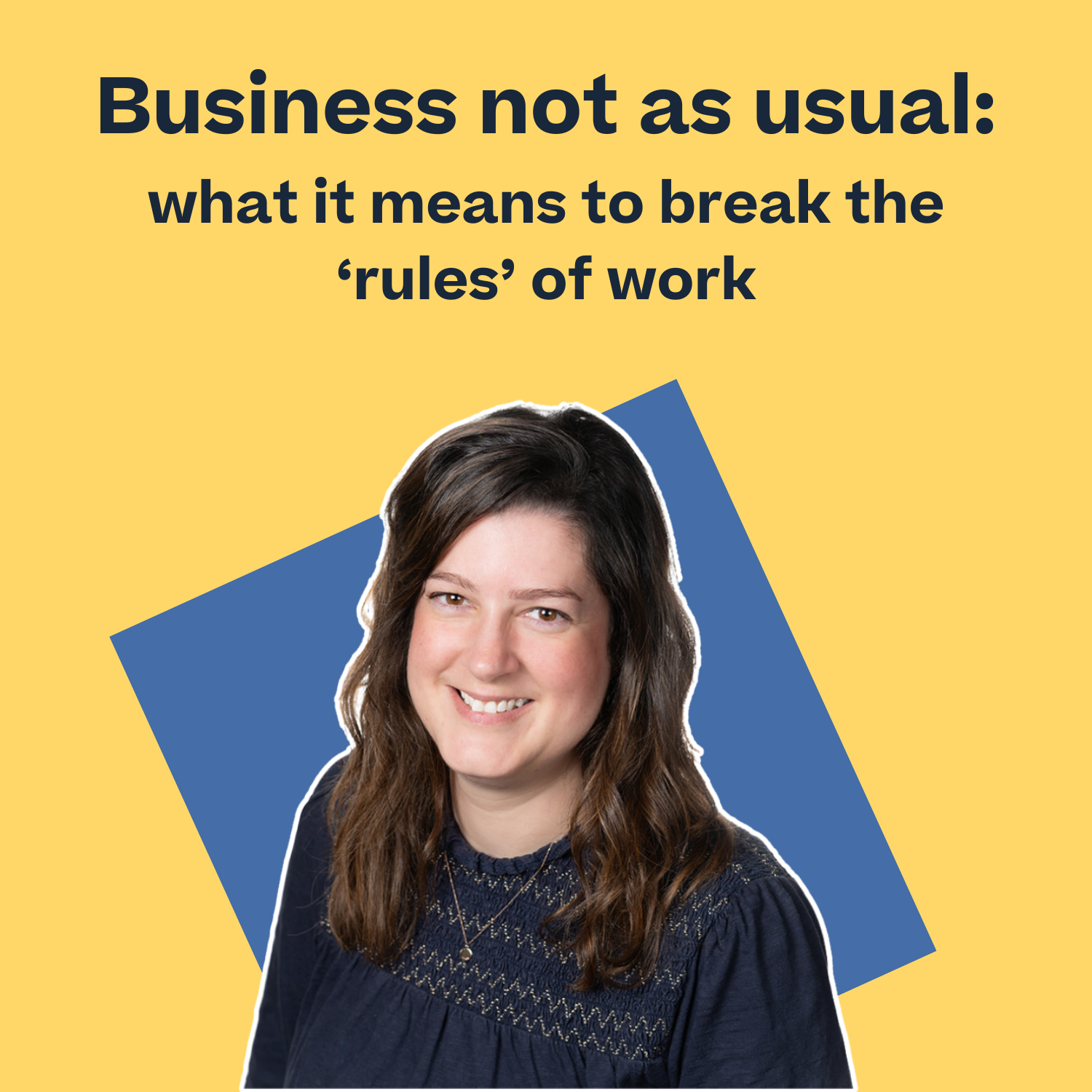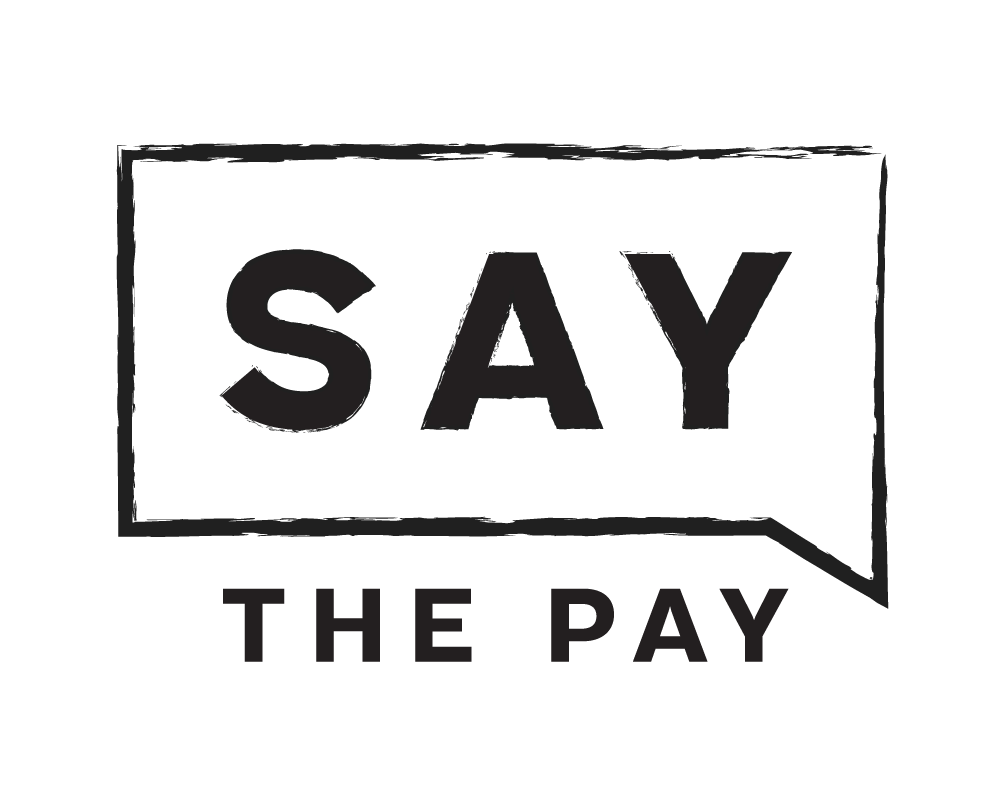News • 11/01/23
Getting your content on the mark in 2023


With more internet users between the ages of 16 to 64 visiting social media networks than search engines, now is the time to focus on producing meaningful content for your channels that successfully engage with your audiences and generate results.
J&G’s Abigail Clayton and Lucy Brandram share their advice.
An evolving digital space
Social media is fast-moving, and it can feel difficult to keep up with the new features that channels keep launching. There is also a lot of copycat behaviour as platforms fight to keep users creating content in the one place, rather than on rival apps.
Towards the end of last year TikTok Now launched, allowing users to ‘share their most authentic moments’ by taking a photo or video from their phone’s front and back cameras at a random time of day. Sound familiar? That’s probably because you’ve heard of BeReal which follows a similar format and rapidly gained popularity in 2022.
And this isn’t the first time we’ve seen this happen: Instagram Reels is still struggling to compete with TikTok, and we even saw a Change.org petition launched asking Instagram to stop the copying.
We’re also seeing users demanding authenticity and transparency online. Back in March last year, we saw the Gender Pay Gap Bot go viral on Twitter as organisations recognised and celebrated International Women’s Day.
Whenever a company listed on the government’s gender pay gap service tweeted about the awareness day, the bot automatically responded with their median gender pay gap, exposing the cracks in organisations celebrating the equality of women. We’re eagerly waiting to see if this returns with new features for 2023…
With all that in mind, here’s what you should be doing this year
1. Create genuine partnerships with influencers
Working with influencers offers the opportunity to engage with a wider audience and the chance to build credibility and trust in your brand (if you choose wisely).
Research is key here and rather than focusing on follower numbers, it’s best to look at engagement rates and check for alignment with values and mission.
Make the campaign objectives clear but leave the influencer to decide on their own content – after all it’s the authenticity of the relationship that will benefit your brand.
2. Tell stories
Telling stories is something humans have done since the dawn of time. It’s a hugely effective method of communication.
After all, at heart, social media is an engagement tool not a broadcast tool. We want to stimulate a response and conversation. Stories help us do this.
What’s the story you have to tell? Perhaps about why or how you do what you do? Or perhaps about the impact you have.
Case studies can help bring your offer to life, evidencing the value you add. Video case study content can be a great way to capture people’s attention and establish credibility.
3. Flex
Review how your content is working regularly. Do certain themes perform better than others? Does the time of day that you post make a difference? Find out what’s working and flex accordingly.
You can also be flexible about the type of content you put out. Mix it up to keep audiences engaged:
-
Sharing carefully curated content from like-minded feeds
-
Running competitions and polls
-
Encouraging and sharing user-generated content (social gold-dust)
-
Developing a mix of evergreen content that you can repurpose and reuse, alongside ephemeral content that may only appear for 24 hours but have a cumulative, lasting impact on the perception of you that audiences build up
4. Dedicate time to creating targeted ads
See paid social as another piece of the jigsaw puzzle alongside engaging organic content. Paid campaigns amplify your brand awareness and allow you to reach specific audiences.
To help your campaigns perform well:
-
set some objectives
-
identify your target group/s
-
refine your message
-
and decide on your call-to-action (which might differ depending on the channel)
-
try to trial at least two creatives so you can compare results and make changes if one out-performs the other
-
take the time to check what happens once someone has clicked on your ad. Monitor the user journey and check the landing page is fast loading and easy to use.
-
make sure you’ve installed Meta Pixel for retargeting purposes.
5. Go back to basics – the return of the newsletter
It might seem a bit old school but depending on your business, sending out a regular newsletter is a great way of keeping audiences up to date with news and can motivate them to take action.
But – email addresses aren’t given out lightly these days. Your newsletter needs to be 90% valuable content for your audience, and 10% stuff you want to say.
For a good example of this – sign up to Pecks from Little Green Duck for business tips and tools always from an ethical point of view: https://littlegreenduck.co.uk/mailing-list/
6. The golden rule – be authentic
Whatever you do, be authentic.
From jumping on the back of awareness days (be super selective about which feel right for your brand) to your tone of voice.
Don’t feel pressure to post for the sake of it, be focused about what you’re saying and who you’re saying it to, via the right channel. Regularity of posting is important, but not as important as posting the right content. If you want to stay visible but don’t have anything to say, focus on engaging with content from like-minded organisations and people instead.
Thinking about your platforms individually could be your ticket to success. Identify your audiences on each channel and think about topics relevant to them.
(And definitely don’t post about IWD on Twitter unless your pay gap data stands up to scrutiny!)



